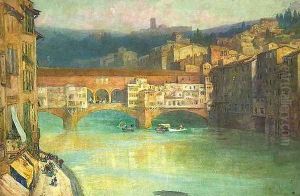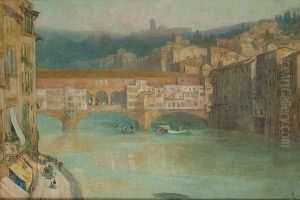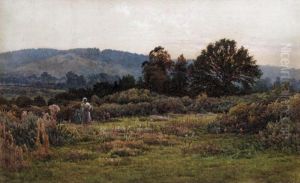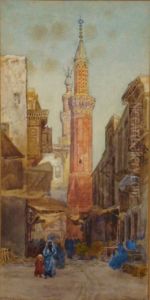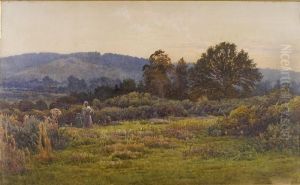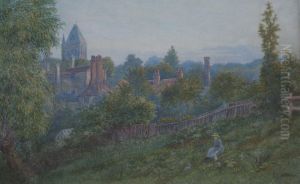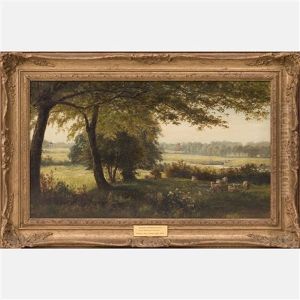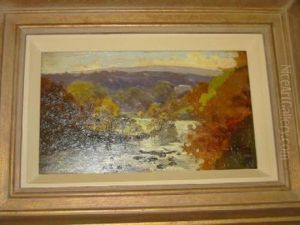William Henry James Boot Paintings
William Henry James Boot, an English landscape painter, was born in 1848 in Nottingham, England. Although not as widely recognized as some of his contemporaries, Boot made a notable contribution to the British art scene during the late 19th and early 20th centuries. He was particularly known for his watercolor landscapes that showcased the English countryside and reflected the influence of the impressionist movement that was dominating the art world at the time.
Boot was educated at the Nottingham School of Art, where he developed his skills and honed his artistic style. His work was characterized by a delicate touch and a masterful use of color, which allowed him to capture the subtleties of natural light and atmosphere. He was adept at both watercolors and oils, but his watercolors, in particular, were celebrated for their luminosity and expressiveness.
Throughout his career, William Henry James Boot exhibited widely, including at institutions like the Royal Academy and the Royal Watercolour Society. His paintings were well-received, and he gained a following among art collectors and enthusiasts for his pastoral and serene depictions of the English landscape. Despite the shift in the art world to modernism, Boot remained committed to his style, and his works continued to find an audience.
Boot's legacy is preserved in the collections of various British galleries and museums, where his paintings remain a testament to his skill and his love for the English countryside. His death in 1918 marked the end of a career that had spanned several decades, but his art continues to be appreciated for its beauty and its faithful rendering of nature.
